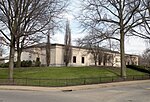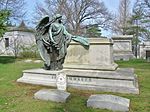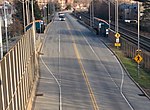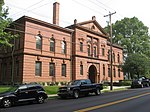Sterrett Sub-District School
Allegheny County, Pennsylvania Registered Historic Place stubsCity of Pittsburgh historic designationsNational Register of Historic Places in PittsburghPittsburgh History & Landmarks Foundation Historic LandmarksPittsburgh building and structure stubs ... and 3 more
School buildings completed in 1898School buildings on the National Register of Historic Places in PennsylvaniaSchools in Pittsburgh
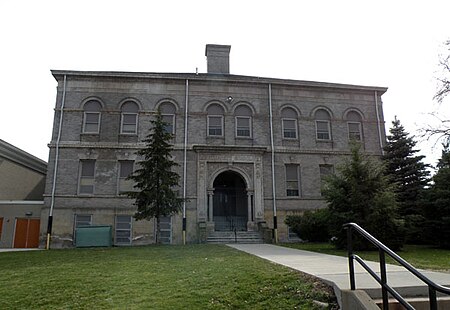
The Sterrett Sub-District School in the Point Breeze neighborhood of Pittsburgh, Pennsylvania, is a building from 1898. It was listed on the National Register of Historic Places in 1986.
Excerpt from the Wikipedia article Sterrett Sub-District School (License: CC BY-SA 3.0, Authors, Images).Sterrett Sub-District School
South Lang Avenue, Pittsburgh
Geographical coordinates (GPS) Address Nearby Places Show on map
Geographical coordinates (GPS)
| Latitude | Longitude |
|---|---|
| N 40.446388888889 ° | E -79.905833333333 ° |
Address
Sterrett Classical Academy
South Lang Avenue
15208 Pittsburgh
Pennsylvania, United States
Open on Google Maps
